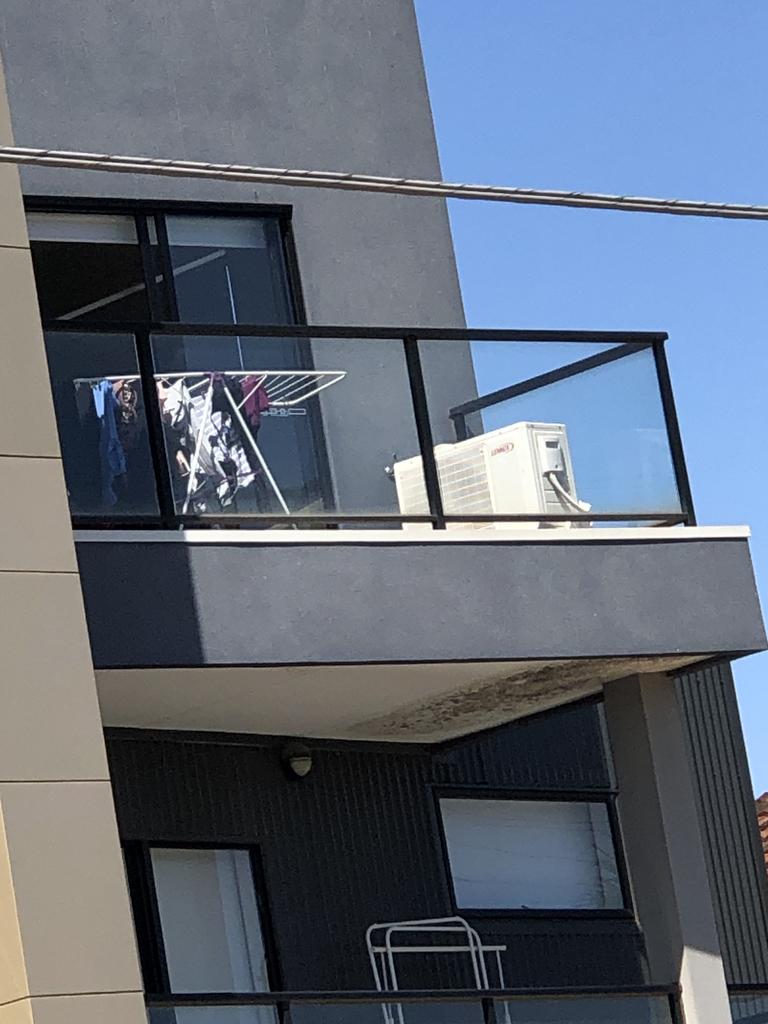Calls for change as millions of Australian apartment owners not protected
For many, the only chance to enter Australia’s property market is through buying an apartment, but that could be a major mistake if these laws aren’t overhauled.
For many Australians, their only chance of entering the property market is through buying an apartment, but a government oversight could potentially leave some of them financially ruined from this decision.
A bizarre, lesser known aspect of the law means that any apartment block that is higher than three storeys is not automatically covered by a last resort insurance scheme.
That means if an apartment is defective, and the builder goes bust, apartment owners are left with no recourse but to foot the expensive repair bill themselves.
Samantha Reece, the CEO of The Australian Apartment Advocacy, has herself lost money in this way and has started a petition calling for this to change.
“We want insurance protection to be equitable whether you buy a single storey house or on the 33rd floor in an apartment building,” Ms Reece told news.com.au.
Currently, 2.5 million Australians live in an apartment, and half of those people reside in a block of units that is more than three storeys high.

“Anyone in Australia living in four storeys or higher does not have home warranty insurance protection if their builder goes bust,” Ms Reece continued.
“That means that owners are having to pay a defect bill, sometimes as much as $9 million. How is that fair?”
Earlier this year the Victorian government pledged to reform its building industry laws to better protect consumers in light of the collapse of major construction firm Porter Davis Homes, which left nearly 1000 homeowners out of pocket.
With the state government in particular flagging changes into the Domestic Building Contracts Act, of which the three-storey rule is stipulated, Ms Reece is hopeful that her calls for action might not fall on deaf ears.
According to the Australian Apartment Advocacy, between 50 and 60 per cent of apartment owners have “critical defects” in their block such as structural cracking or water penetration problems.
An academic paper published in 2019 puts that figure even higher.
A whopping 85 per cent of all the buildings analysed had at least one defect across multiple locations, according to the report, authored by Nicole Johnston and Sacha Reid of Deakin University and Griffith University.
In another concerning revelation, the academics found that there are more issues in taller buildings, even though these are the ones with no insurance protection.
“More defects are located in higher density housing as a result of inferior materials, a lack of worker motivation (due to repetitive work) and tighter time schedules forcing workers to rush,” the report noted.
The issue is only set to get worse as more Australians turn to high density housing.


At the crux of the problem is a decision the government made in 2003 which now, two decades later, has left homeowners high and dry.
That year, a new ministerial order was passed for the Domestic Building Contracts Act which introduced Builders Warranty Insurance nationwide.
The insurance has different names in each state — with the exception of Tasmania where there is no scheme — and requires the builder to take out insurance that covers homeowners in the event that the builder dies or disappears, or the building company goes bust.
But according to Ms Reece, the last resort scheme caused a stir from large developers, leading to a significant amendment.
The scheme was broken down into separate phases, for any residential building below the three storey threshold, and then for construction projects four storeys or higher.
The only problem was, the government never rolled out the second phase.
“It got pushed to the wayside and no-one made a fuss,” Ms Reece said.
“We’re the first ones calling for it. We have a commitment to apartments. There’s no use building apartments if there’s no community confidence.”
For the past 20 years, the law dictates that any “multistorey residential buildings”, defined as any building more than three storeys high, does not require the last resort insurance protection.
The director of a small scale building business, Phil Dwyer, was so outraged by this that he formed the Builders Collective of Australia.
Now president of the Collective, Mr Dwyer told news.com.au that “it’s just disgraceful” that the second component of the rule has never been reintroduced.

“There was such outcry at the time we formed the Builders Collective,” Mr Dwyer said.
He claimed that the big builders and the high rise commercial developers “kicked up such a stink” and refused to partake that the government back-pedalled and removed them from the scheme.
“All these big builders got a super duper good deal, and it was just left with us, the small builders,” Mr Dwyer said.
“For 20 years they haven‘t paid one cent towards consumer protection yet they’ve caused the most amount of angst because the defects in high rises have been enormous.”
Mr Dwyer blames the Housing Industry Association (HIA), who he claims came up with a list of recommendations and implemented the scheme.
“The HIA let them (the big builders) off the hook completely,” he lamented.
“They said at the time they would create another system for the high rise builders, but of course they never did.”
There have been dozens of reviews and inquiries over this 20-year period into Builders Warranty Insurance, including a senate inquiry, but none specifically into the three-storey rule.
“We need more money in the system,” Mr Dwyer added.
“The high rise builders have escaped paying anything at all. They should pay exactly the same amount as any other builder. No deals, no special arrangements …
“It’s absolutely shameful the way we’ve allowed this to develop.”
The by-product of this, Mr Dwyer said, is homeowners left to rot through the system.
“It’s a farcical situation, with only part of the industry being involved in it,” he added.
More Coverage
“It’s no good anyway. All consumers should be protected. The whole lot of them should be protected.”
The HIA was contacted for comment.
Continue the conversation | alex.turner-cohen@news.com.au





